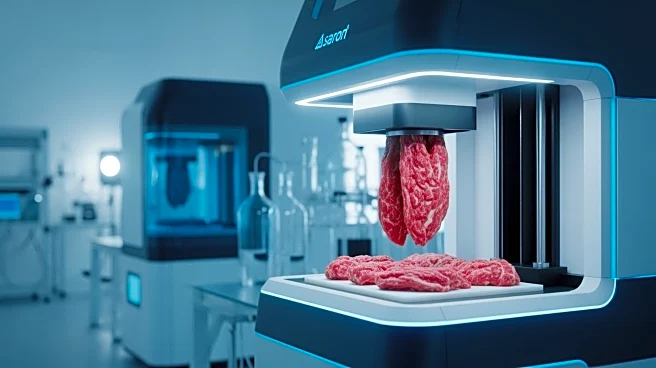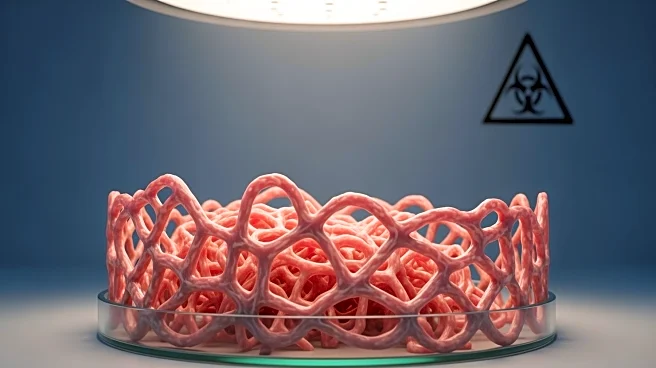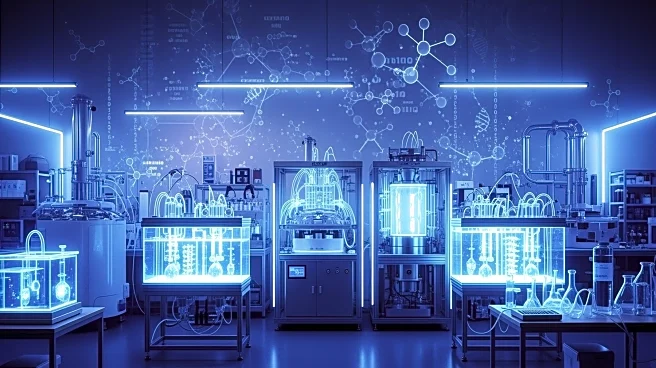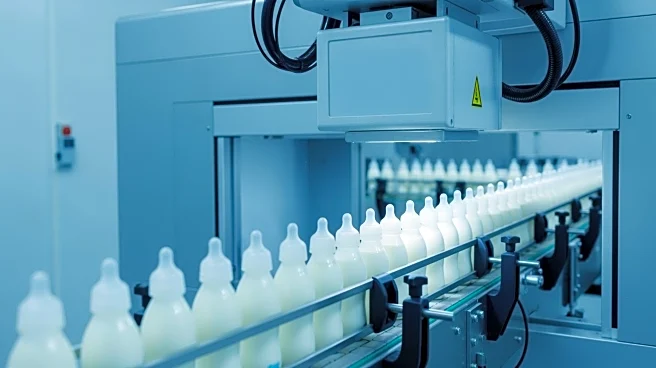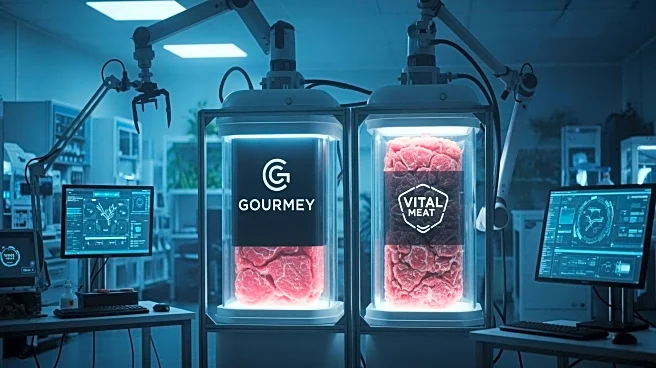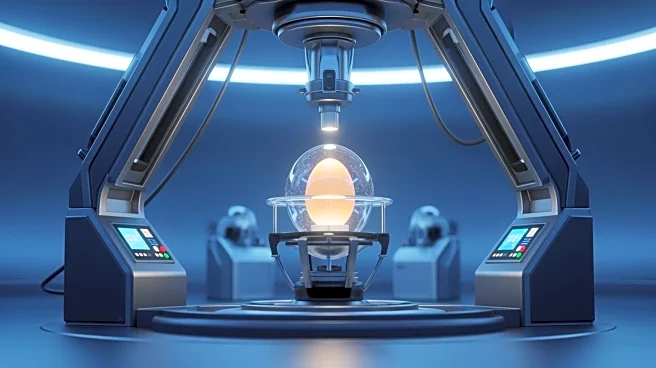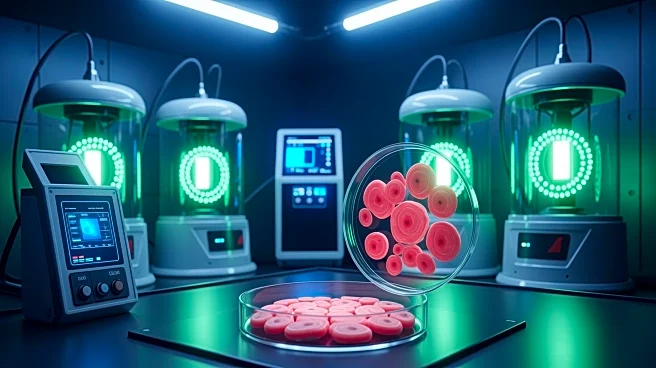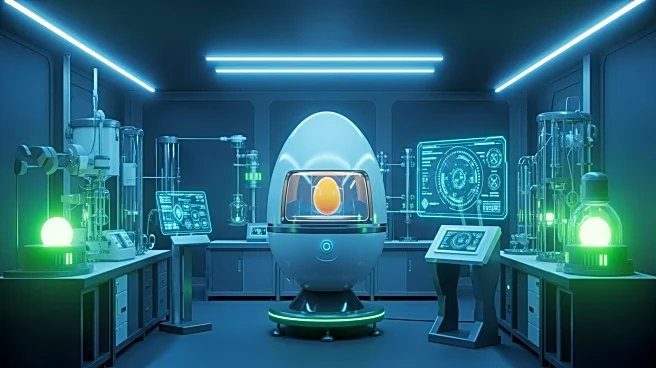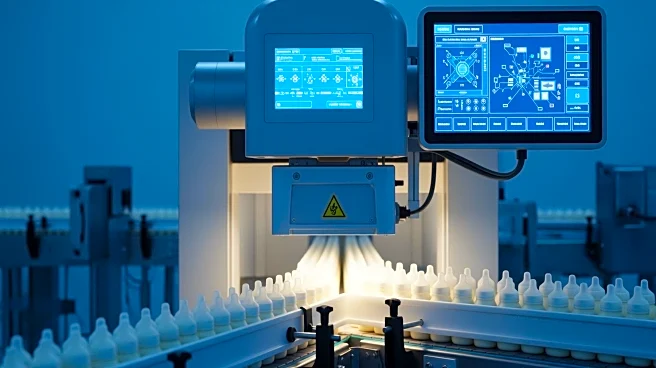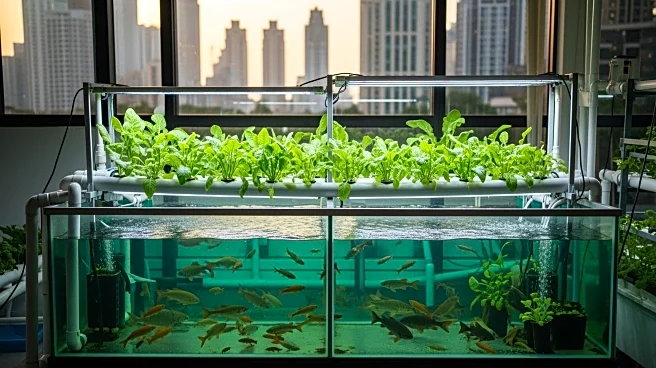What's Happening?
Recent developments in 3D bioprinting are significantly impacting the cultured meat industry. The technology, first introduced by Charles W. Hull in 1986, involves creating layer-by-layer models from computer
designs. Various methods such as inkjet, laser-assisted bioprinting, and stereolithography are employed to produce scaffolds that support cell growth and differentiation. These scaffolds are crucial for developing structured cultured meat products that mimic traditional meat textures. The use of bioinks, which are optimized to maintain cell viability and fidelity, is central to this process. The technology allows for the customization of food products, enhancing their nutritional profiles and visual appeal. However, challenges remain, particularly in scaling production and ensuring the nutritional quality of the final products.
Why It's Important?
The advancement of 3D bioprinting in cultured meat production holds significant implications for the food industry. It offers a sustainable alternative to traditional meat production, potentially reducing the environmental impact associated with livestock farming. The ability to customize nutritional content and improve food safety through controlled production processes could revolutionize dietary options. This technology also addresses ethical concerns related to animal welfare. However, the high cost of production and the need for further research into the nutritional stability of bioprinted foods are challenges that need to be addressed. The success of this technology could lead to a shift in consumer preferences and industry standards.
What's Next?
Future developments in 3D bioprinting for cultured meat will likely focus on overcoming current limitations such as production scalability and cost reduction. Research into more biocompatible and less toxic crosslinking methods is ongoing, aiming to improve the safety and quality of the final products. As the technology matures, regulatory frameworks will need to adapt to ensure consumer safety and product efficacy. The industry may also see increased collaboration between tech companies and food producers to accelerate innovation and market entry. Public acceptance and demand for cultured meat products will play a crucial role in shaping the future of this technology.
Beyond the Headlines
The ethical implications of cultured meat production are profound, potentially reducing the need for animal slaughter and addressing food security issues. The technology also raises questions about the future of traditional farming and its economic impact on rural communities. As cultured meat becomes more mainstream, cultural perceptions of meat consumption may shift, influencing dietary habits and food culture. Additionally, the long-term environmental benefits could contribute to global efforts in combating climate change.
